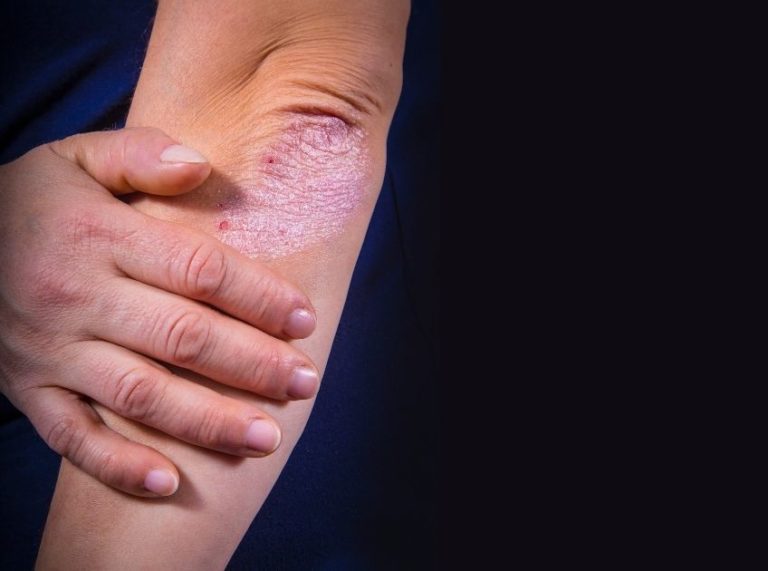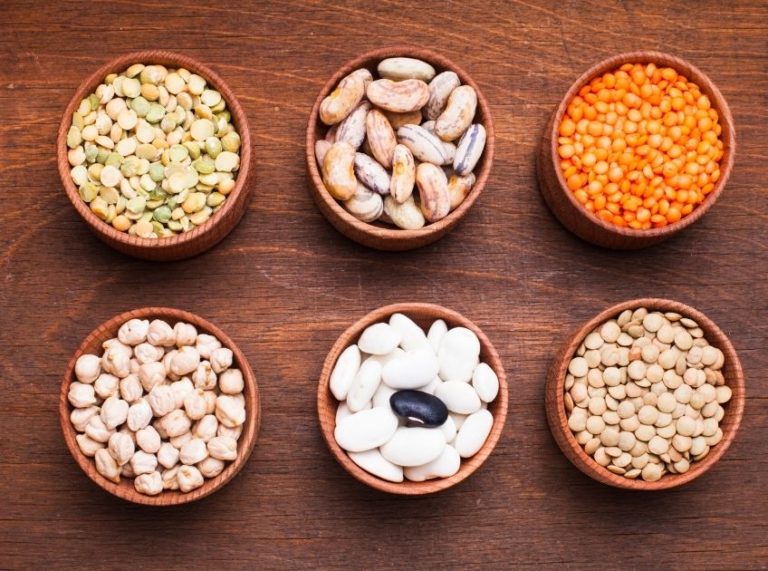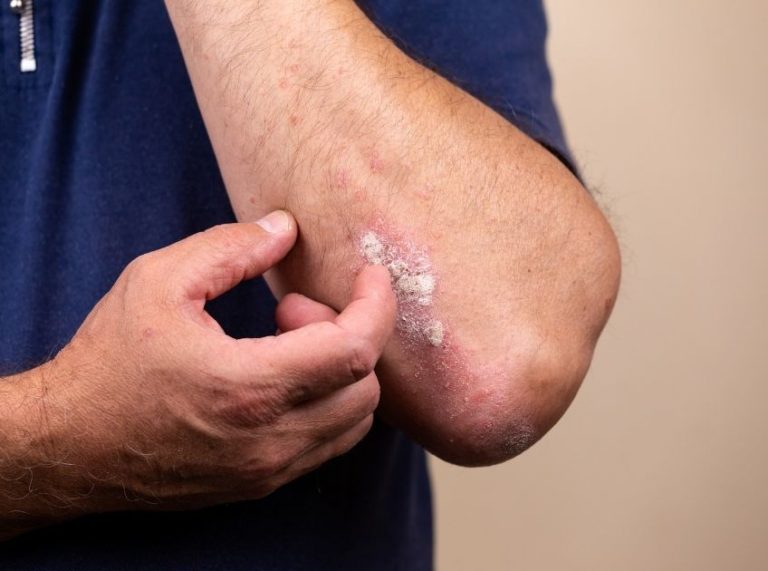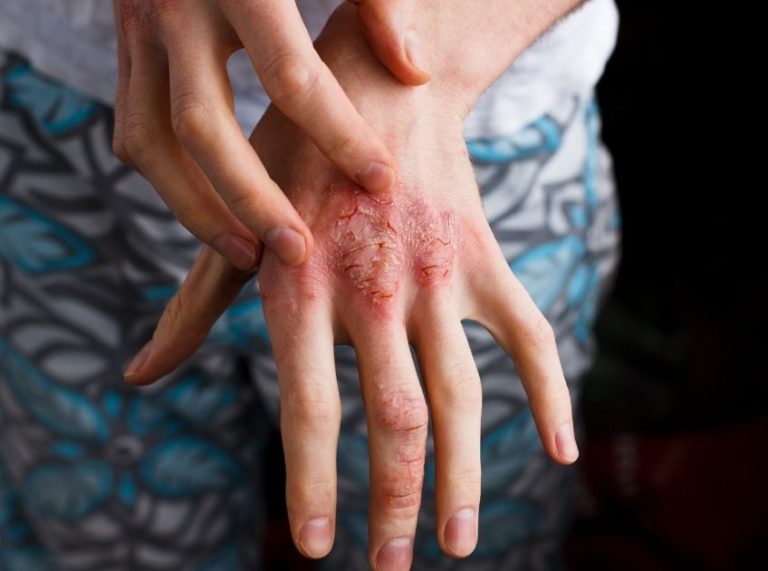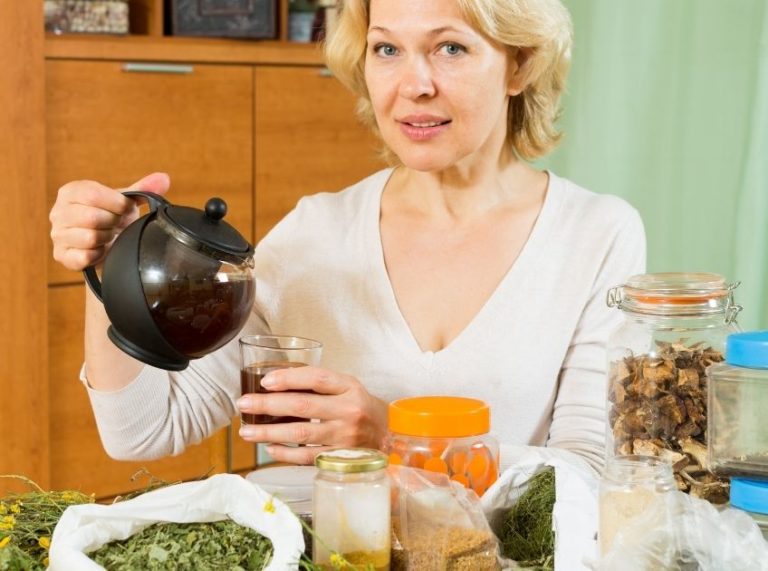
Important: This article is for informational purposes only. Please read our full disclaimer for more details.
Heel spurs are bony growths that develop under the heel bone, often causing sharp or stabbing pain—especially during the first steps in the morning. They commonly occur due to strain on the foot muscles and ligaments, long-term inflammation, or conditions like plantar fasciitis. Activities such as running, standing for long hours, wearing unsupportive footwear, or having flat feet can increase the risk.
While severe cases may require medical treatment, lifestyle changes and home remedies can significantly reduce discomfort, inflammation, and heel pressure. Here are seven effective ways to ease heel spur pain at home.
7 Effective Home Remedies to Treat Heel Spurs Naturally
1. Cold Compress or Ice Therapy
Cold therapy is one of the most effective first-line treatments for heel spur pain. It constricts blood vessels, reduces swelling, soothes inflammation, and numbs nerve endings that trigger pain.
How to Use:
- Wrap ice cubes in a clean cloth or use a gel ice pack.
- Apply to the heel for 10–15 minutes.
- Repeat 2–3 times daily, especially after walking or long standing.
Additional tip: You can also roll a frozen water bottle under your arch and heel. This combines cold therapy with gentle massage.
2. Epsom Salt Foot Soak
Epsom salt contains magnesium sulfate—known to relax muscles, ease stiffness, and reduce inflammation. A warm soak provides soothing relief and improves circulation to support healing.
How to Do:
- Add 2–3 tablespoons of Epsom salt to a basin of warm water.
- Soak your feet for 15–20 minutes.
- Repeat 3–4 times per week for best results.
Enhanced Version: Add a few drops of lavender or eucalyptus oil to boost relaxation and anti-inflammatory benefits.
3. Stretching and Strengthening Exercises
Many heel spurs form due to tight calf muscles and plantar fascia strain. Stretching helps loosen these tissues, reduce pressure on the heel bone, improve flexibility, and speed recovery. Strengthening helps prevent recurrence.
Best stretches and exercises for heel spur relief:
i. Calf Stretch Against a Wall
- Stand facing a wall, place one foot behind the other.
- Keep your back knee straight and heel on the ground.
- Lean forward until you feel a stretch in the calf.
- Hold for 20–30 seconds; repeat 3 times for each leg.
ii. Plantar Fascia Stretch (Towel Stretch)
- Sit with legs extended.
- Loop a towel around the ball of your foot and pull gently toward you.
- Hold 20 seconds; repeat 3–4 times.
iii. Foot Rolling Exercise
- Roll a tennis ball, wooden roller, or frozen bottle under your foot for 3–5 minutes.
- Helps release tight fascia and improve mobility.
Frequency: Twice daily—morning and evening.
4. Proper Footwear and Orthotic Insoles
Supportive footwear is critical for heel spur recovery. Wrong shoes can worsen pain by placing excessive pressure on the heel and arch. Orthotic insoles help distribute weight evenly, reduce impact, and support proper alignment.
What to look for in footwear:
- Cushioned heels
- Good arch support
- Shock-absorbing soles
- Slight heel lift (avoid fully flat shoes)
Orthotics:
- Gel heel pads or silicone heel cups reduce heel pressure.
- Custom-made orthotics may be recommended for chronic cases.
Avoid: Flat slippers, flip-flops, thin soles, running barefoot on hard surfaces.
5. Apple Cider Vinegar (ACV) Applications
Apple cider vinegar is an old-fashioned but commonly used home remedy to reduce inflammation and soothe pain. Some believe ACV may help dissolve calcium deposits, although more research is needed.
How to Use:
i. ACV Foot Soak:
- Add 1 cup of raw ACV to warm water.
- Soak feet for 15–20 minutes.
ii. ACV Compress:
- Mix equal parts ACV and warm water.
- Soak a cloth and place it on the heel for 15 minutes.
- Repeat daily until pain reduces.
6. Massage with Anti-Inflammatory Oils
Regular massage reduces muscle tension, improves mobility, and promotes blood flow to the affected heel. Using specific oils enhances the anti-inflammatory and healing effect.
Recommended oils and benefits:
- Castor oil: Known for its deep-penetrating anti-inflammatory properties.
- Olive and Coconut oil: Reduce stiffness and soften skin.
- Mustard oil: Improves circulation and warmth in foot muscles.
How to use: Warm the oil slightly, apply it to the heel, and massage in circular motions for 10 minutes. Follow with rest. Repeat twice daily.
7. Reduce Foot Strain and Maintain a Healthy Weight
Excess body weight places more pressure on the heel, contributing to heel spur formation and pain. Reducing strain can significantly improve recovery time.
Lifestyle Adjustments:
- Limit high-impact activities like running or jumping.
- Switch to low-impact exercises (swimming, cycling, yoga).
- Avoid standing for long periods.
- Do not walk barefoot on hard floors—wear memory-foam slippers at home.
Long-Term Tip: Gradual weight management and strengthening of foot muscles help prevent recurrence.
What Science Says: Research Behind These Remedies
- Cold therapy is a widely recommended treatment for reducing inflammation and numbing localized pain (1).
- Epsom salt contains magnesium sulfate, which may help relax muscles and reduce tissue inflammation (2).
- Stretching exercises are clinically proven to improve plantar fasciitis-related heel pain by reducing tension on the ligament and heel bone (3).
- Orthotic support helps redistribute pressure on the foot, reducing heel strain and improving mobility.
While home remedies help manage symptoms, long-term or severe heel spur pain may require medical evaluation.
Frequently Asked Questions (FAQ’S)
1. How long do heel spurs take to heal with home remedies?
A. Mild discomfort may improve within a few days to 2 weeks. However, consistent care over several weeks is usually required for noticeable relief.
2. Can heel spurs go away on their own?
A. The bony growth itself may not disappear, but the pain and inflammation can be managed effectively with the right treatment, allowing normal daily activity.
3. When should I see a doctor for heel spur pain?
A. Seek medical help if the pain is severe, lasts longer than 3–4 weeks, affects walking, or worsens despite home remedies.
Heel spurs can be uncomfortable, but with regular care, the right footwear, and home remedies, most people find significant relief without medical intervention. Paying attention to your foot health, stretching regularly, and minimizing strain can prevent flare-ups and support healing.
If pain persists or interferes with daily activities, consult a healthcare professional for further treatment options such as physiotherapy, steroid injections, or custom orthotics.
